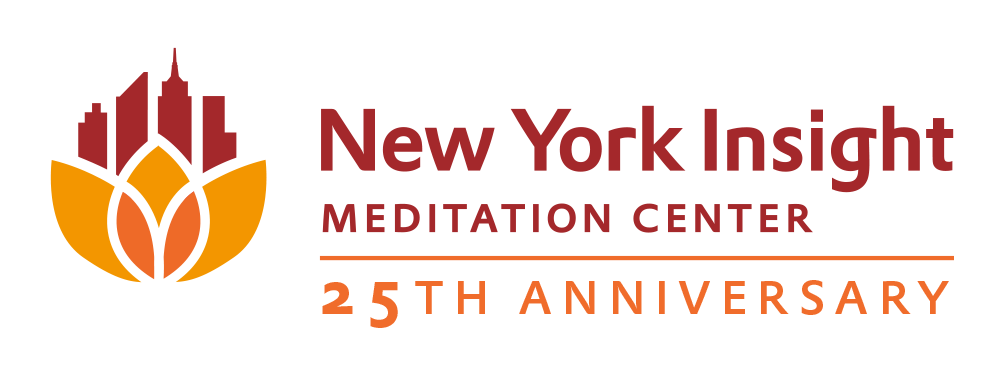Community
The Next Buddha is Sangha
From a young age, Jan Willis was driven by a visceral interest to understand how people survive trauma with their humanity intact. This interest was perhaps spawned by growing up in the Jim Crow South in proximity to and in fear of the Ku Klux Klan; marching daily with Martin Luther King Jr. in the spring of 1963, when she was in 10th grade and he brought the civil rights campaign to Birmingham (and where she learned to practice non-violence as a pre-requisite to marching); and witnessing a cross-burning on her front lawn two years later in response to her receiving scholarships to northern colleges. Jan’s interest was further piqued during her freshman year at Cornell when she saw brutal images of the Vietnam War on television. Wondering who these Vietnamese people were and how they were surviving, she discovered they were Buddhists. This launched her formal study of Buddhism.
At Cornell, Jan was shy and quiet, a physics major who became a philosophy major after taking a course in Wittgenstein. In her sophomore year, someone suggested that she stop reading about Buddhism and go meet some Buddhists. This advice, along with the encouragement of a comparative literature professor, spurred her to spend her junior year abroad in India. In Benares, she was in a class with seven Thai monks. Seven kilometers to the northeast was Sarnath, where the Buddha gave his first talk and where Jan met and fell in love with Tibetans, another people who had suffered historical trauma yet were still joyous. Before returning to the U.S., Jan went to Nepal, where she felt drawn to stay and study.
Back at Cornell for her senior year (’68-’69), things got very political. The Black Student Association took over the student union after a cross was burned in front of the house where twelve black women students lived. Jan was caught up in the throes of the racial strife, learned how to hold and use a gun, and upon graduation was inclined to join the Black Panther Party in California. But as she drove west from Ithaca toward this fateful decision, she felt more and more trepidatious. Her earlier training in non-violence and her long-held commitment to surviving trauma with one’s humanity intact prevailed. Thus, in the fall of 1969, she followed her heart back to Nepal and spent the next year in a Tibetan monastery. During that time she met and felt an immediate connection to (and later did retreats with) Lama Thubten Yeshe, whom she views as her teacher and who encouraged her academic pursuits.
Home once more, Jan attained a master’s degree in philosophy at Cornell and her doctorate in Indic and Buddhist studies at Columbia. She went on a handful of retreats at IMS following its initial founding, and over the last several decades has taught and written extensively on various aspects of Buddhism. As steeped in Buddhism as she is, however, Jan equally views herself as a Baptist, reflecting the culture of her early years in the Deep South. Consistent with Kierkegaard’s argument that one doesn’t know what one really believes until one is forced to act, Jan called on both “Christ Jesus” and Lama Yeshe and all the Buddhas when the plane taking her home some years ago suddenly, just a few feet from the tarmac, pivoted into a four-minute vertical ascent to avoid deadly wind shear. She feels graced by the eternal truths espoused by both Baptists and Buddhists, and she easily describes herself as a Baptist-Buddhist professor of religion and social-justice advocate.
Jan’s June 30th day-long at NYIMC will explore how the Buddhist sangha and Martin Luther King Jr.’s beloved community compare to one another, as well as what it means to love one’s neighbor and how that relates to Buddhist practice. She will present a blend of talks and practices and actual exercises off the cushion.

